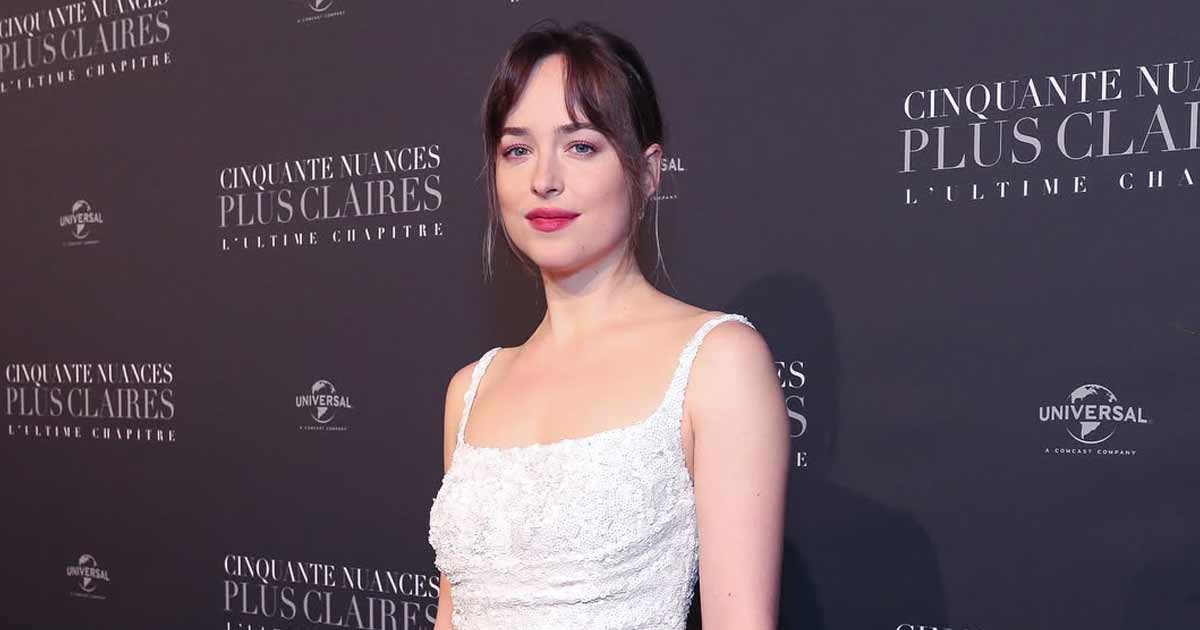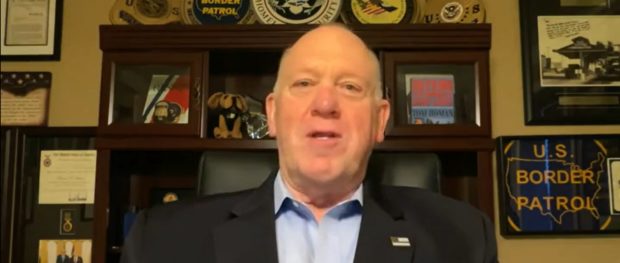PARIS — LVMH Moët Hennessy Louis Vuitton is doubling down on watchmaking with the appointment of Frédéric Arnault as chief executive officer of LVMH Watches, a newly created role that puts him in charge of the Hublot, Tag Heuer and Zenith brands.
Unveiled Friday by the French luxury group as part of a management reshuffle of its watches and jewelry division effective since Jan. 1, the move sees Arnault pass the baton in his previous role as CEO of Tag Heuer to Julien Tornare, who had been CEO of Zenith since 2017.
Benoit de Clerck succeeds Tornare at Zenith. The executive is an industry veteran who spent 25 years at Compagnie Financière Richemont, where he was most recently chief commercial officer of Italian watchmaker Panerai.
Tornare, de Clerck and Hublot CEO Ricardo Guadalupe will report to Arnault, who in turns will answer to LVMH Watches & Jewelry Division CEO Stéphane Bianchi.
“I am extremely pleased to have Frédéric [Arnault] join me now within the LVMH watches and jewelry division to oversee our three watches maisons, and eager to see what his unique insights and vision will bring to fuel additional and sustainable growth for them,” said Bianchi, also lauding Tornare’s track record at Zenith and de Clerck’s solid expertise.
Bianchi added that Tag Heuer had seen a “spectacular transformation” where it “recovered its credentials in record time as the luxury watch brand driven by high performance,” thanks to Arnault’s “unique and disruptive vision” of the industry and tenure of six years, including three as CEO.
While LVMH does not break out figures for its individual brands, it is understood that Tag Heuer’s turnover reached around 780 million euros in 2022 and grew by 50 percent between 2020 and 2023.
Though his Tag Heuer tenure brought “a deep transformation that is starting to bear fruit,” tangible in sales and brand equity, Arnault’s promotion comes as the watch industry gears up for a challenging 2024.
Industry sources see LVMH’s watchmakers as well-positioned, but a less buoyant demand in the final weeks of 2023 and a coming market slowdown could still make for choppy waters for the brands in his purview.
As far as Tag Heuer is concerned, “independent of market context, we have this strength that is being established that will continue to accompany us and buoy us,” he said. “2023 will be another record year for the house in terms of growth compared to 2022, which was already a record year.”
Although Arnault relinquished his role at the helm of Tag Heuer, don’t ask him quite yet about his strategy for the new watch division.
First, because the new executive wanted to take stock of the brands he knows only from an external point of view, he told WWD in an exclusive interview.
But most importantly, because he is keen to “ensure a real human and strategic continuity” for Tag Heuer. “We know how important it is for the brand today, [particularly] in this industry, to have genuine stability and long-term thinking,” he said.
So the learnings of his tenure at Tag Heuer are top of mind as Arnault emphazised he would remain highly invested.
The primary focus of his six years has been brand elevation, in his opinion. Sales progressing well “is an indicator but isn’t the only measure of success.” Brand desirability and factors such as resale price are just as, if not more, important.
Cutting out discounting was his opening gambit for the “profound culture shift” to move conversations in store from pricing to “design, icons, history,” he said.
“We have the good fortune and responsibility of having a robust heritage,” he continued. “We have the responsibility of nourishing it.”
If there is a watch family that epitomizes Arnault’s strategy, it’s the Carrera, which celebrated its 60th anniversary in 2023. His personal favorite is the Carrera Skipper released in July, which “really represents the vision we had and will continue to have,” he said.
The Carrera Skipper watch released in July.
Courtesy of Tag Heuer
Not all of Tag Heuer’s hits were born in the previous century. Case in point: the Connected smartwatch range, which will celebrate its tenth anniversary in 2025.
“In 2015, we were the only [Swiss] watchmaker to have a connected watch,” Arnault said. Not only is the brand going to keep mining existing grooves such as wellness, sports and its highly popular golfing edition, but the smartwatch is also slated to become “the ultimate Tag Heuer watch” come January’s LVMH Watch Week in Miami, he revealed.
Its upcoming software update will include all the brand’s watch faces, and future mechanical timepieces will have a digital twin available for the connected watch.
Doubling down on its DNA also meant recapturing its reputation for innovation — TAG stands for “technique d’avant-garde” — repositioning itself so it could “afford to open doors others wouldn’t or would be scared to go for, such as lab-grown diamonds or quartz,” which underpins the solar-powered movement of its Solargraph model, according to Arnault.
Though it sits among the brand’s entry-level models with its 2,300-euro price point, that didn’t mean skimping on innovation to deliver a product he considered “one of Tag Heuer’s great successes,” he said.
And though the brand is increasingly speaking to an audience of collectors, Arnault said it was “first and foremost speaking to a clientele who wants the watch of a lifetime.”
Those customers seek “a rather reassuring design, from a reassuring brand whose product will not go out of style and will embody values long-held and that will continue for decades to come, so that’s why the notion of icons is extremely important,” he continued.
Arnault also put in the time to rebuild the brand’s communication platform, particularly cementing its partnerships to bring it closer to the worlds of sports, performance and innovation as well as cinema.
“When I joined, our connection to motorsports was fading so reinforcing it and bringing it back into the core of the brand was key to me,” he said, highlighting partnerships with Porsche and the Oracle Red Bull Racing Formula 1 team.
The move proved timely, landing Tag Heuer on the radar of a younger – and increasingly female – audience with a growing interest in cars and motorsport, in particular Formula 1 due to the popularity of hit Netflix series “Formula 1: Drive to Survive.”
The watchmaker extended its partnership with Oracle Red Bull Racing in November, with the deal expected to span beyond 2030, said the executive.
Another example was teaming up with Ryan Gosling, particularly for the action-comedy “The Chase for Carrera” short film, which worked well, the executive continued.
Achieving these goals meant building a team fit for purpose. “Along with company culture, this is one of my biggest sources of pride, which also leaves the company with a very clear plan until 2027 and even 2030,” Arnault said.
Key hires included Carole Forestier-Kasapi, Tag Heuer’s movements director, but also Edouard Mignon, who piloted research and development and became chief operating officer of LVMH Swiss Manufactures. There is also the now 60-strong connected technologies team.
Investments are also underway in Tag Heuer’s production arm. First out of the gate within 18 months is the reconstruction of its watch case factory, to introduce new technologies but also scale up its output to meet the brand’s growth.
Asked if this is one area where his Tag Heuer experience and his new role will entwine to build bridges between the French group’s watchmakers, he noted that “mutualization isn’t a watchword at LVMH, which is about the autonomy of houses, entrepreneurship and creativity.”
That said, he sees potential to build or foster existing organic synergies in fields such as distribution or industrial tools, giving the example of the ArteCad watch dial manufacturer. Piloted by Tag Heuer, it also serves its LVMH stablemates as well as other brands.

The New York flagship store.
Courtesy of Tag Heuer
However, investing in all these areas came at the cost of rising retail prices, which Arnault said had been done by introducing new products at higher price points, rather than hiking up sticker prices on existing references. Average prices rose from 1,800 euros in 2017 to hover slightly above the 3,000-euro mark today.
Retail was also reconfigured since 2019, with overall doors cut by half down to 2,300 worldwide by the end of 2023. Over the same period, stand-alone stores, either its own retail network or franchises, doubled to 300.
Arnault was also instrumental in bolstering the digital firepower of the brand, both internal and consumer-facing, in communication as well as retail. “When I joined, we developed this area with vigor because we believed in it, particularly e-commerce,” he recalled. “We have had very good results with sales online on our own site as well as retailers with whom we work closely and respect.”
Going forward, he remained cautiously confident the brand’s desirability would continue to carry it upwards, supported by its communication and product plans, which include coming introductions such as eyewear.
Among strategic projects the company will need to pursue is expansion in China, where it has “good growth levels but a penetration level that is very low compared to the territory size,” he said.
The country is “a very important reservoir of potential growth as the brand is starting to connect meaningfully with the Chinese client,” Arnault continued, expressing satisfaction at Tag Heuer’s “very strong position” in the U.S., U.K., Japan, South Korea and its reinforced one in Europe.
Australia is also a big market for the brand, he said, noting that its currently under-renovation Sydney store was among the top boutiques worldwide, alongside New York’s Fifth Avenue, Dubai and Paris flagships.
“The challenge is continuing on the track that has been traced,” he said. “The roadmap is set but execution is crucial. I trust Julien [Tornare] and the teams — and I’ll be there to accompany them.”







